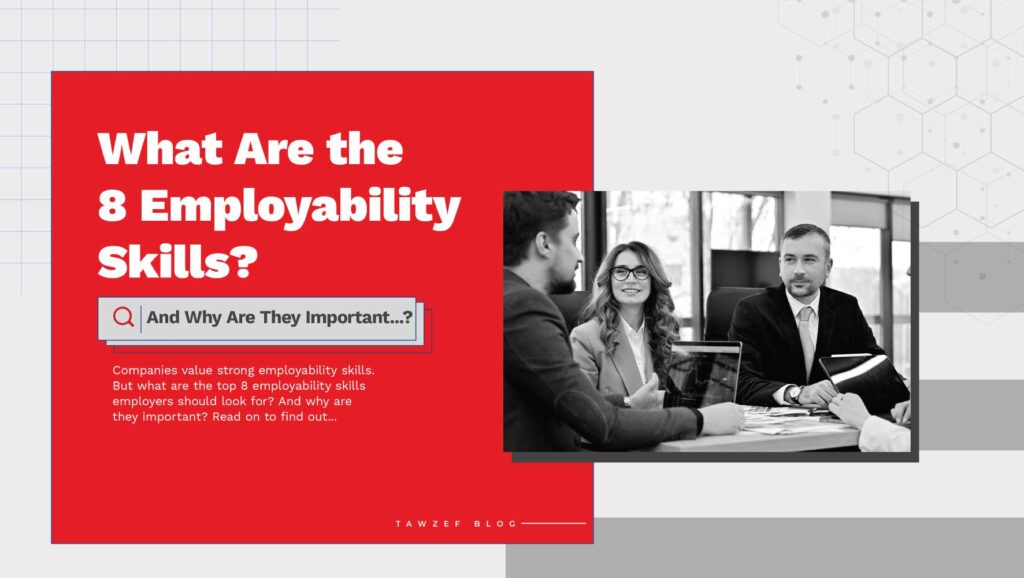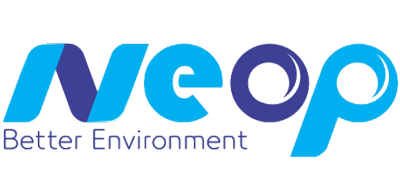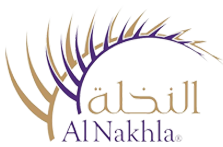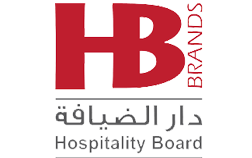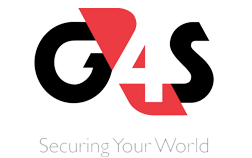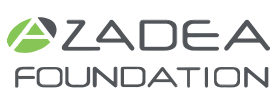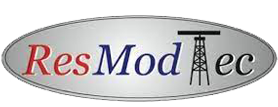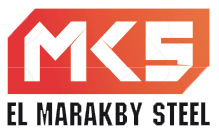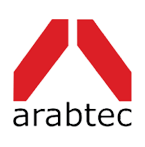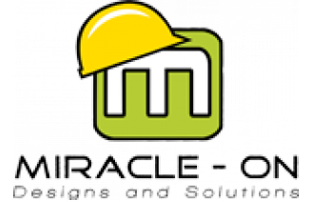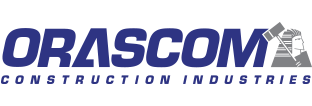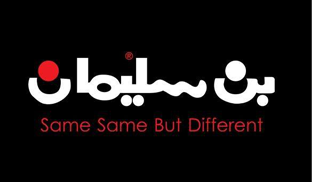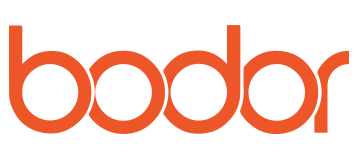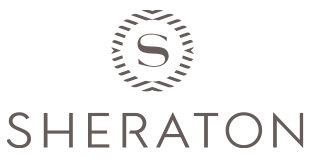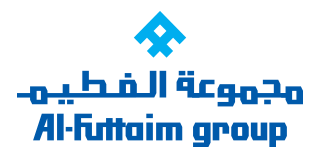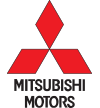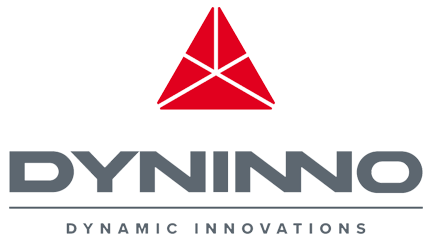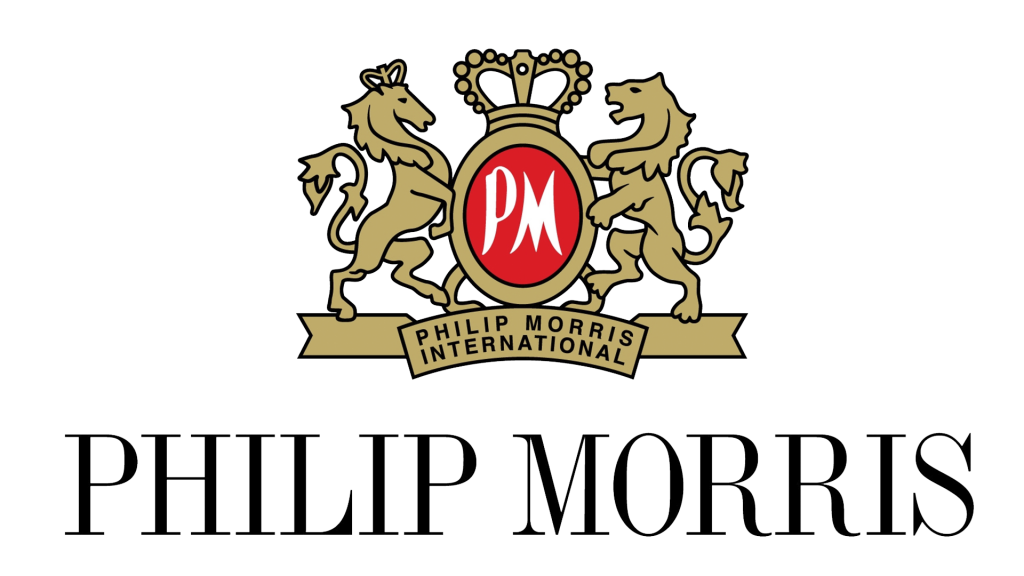The human resources industry is one of the most active and versatile industries around the world. But despite its constant growth and advancement, new challenges continue to emerge.
Unfortunately, many old HR challenges also remain.
Sometimes it’s because organizations are used to doing things one way and don’t feel the need to evolve or improve.
Sometimes, companies are too small, they overload their single HR executive with work and they can’t do things differently. Even if it will save them time or save their company money.
In this post, we’ll be looking at the top HR challenges in recruitment, strategy, and other areas in HR. We’ll also be exploring ways to solve these HR challenges.
Overview of HR roles and the industry
To say that the HR industry is big is an understatement. Because what business doesn’t need to hire people.
In 2022, the global human resource management (HRM) market was valued at $21.69 billion. It’s forecast to grow at a compound annual growth rate (CAGR) of 12.7% from 2023 till 2030. (Grand View Research)
But despite its size, there are many HR myths and misconceptions that plague the industry and business.
A common myth is people’s belief that anyone can perform the role of an HR professional. Another one is that HR is limited to recruitment. But you know that’s not true. Recruitment forms a large part of HR but it’s not the only thing HR does.
There are many HR functions and roles. HR is responsible for creating the HR strategy, supporting management in building the business development strategy, among others.
They’re also tasked with creating a positive work environment and culture that contributes to increasing employee retention and reducing turnover. This may involve creating employee rewards and recognition programs.
HR are also in charge of creating the compensation and benefits strategy and its policies. They also have to create HR policies and the HR handbook.
Besides recruitment and selection, HR teams are also responsible for finding and setting up training programs for employees. They also create training and development KPIs to measure the impact of these programs.
What are the most common HR challenges?
With HR playing many roles and wearing many hats, it’s natural there are many opportunities and challenges in the field.
There are general or broad HR challenges and more specific types of challenges. For example, recruitment challenges are abundant in every industry and every country around the world.
But sometimes challenges may pertain to a certain market or area of business. Many HR challenges emerge simply because company managers aren’t aware of their HR needs and just want to grow their company. (It’s their right, but there are considerations they need to be aware of.)
Keep reading to discover the top HR challenges businesses are struggling with and potential solutions for them.
1) Attracting top talents
One of the most important HR roles is sourcing and selecting top talents to join an organization. However, as jobs evolve, the talent market is sometimes not fast enough.
Another problem is the high demand in certain roles and the limited supply of employees to fill these roles. Filling tech jobs and managerial roles is one common challenge for HR professionals.
Solution
One way to attract top talents is to offer attractive compensation and benefits packages. These packages can include perks such as team-building activities, employee rewards,
Your compensation package shouldn’t be entirely focused on an employee’s salary. Otherwise, they may leave for a higher salary.
Compensation and benefits packages can also include discounts at selected stores and restaurants, partnerships with travel agencies, discounted gym memberships, among other perks.
You should also consider how you’ll retain employees who join your company or team.
2) Retaining top talents
Attracting skilled employees in one challenge. The next and possibly bigger challenge is retaining these skilled employees.
Many companies forget the benefits of employee retention, which include cutting hiring and training costs. Not to mention, building better employer branding, improving morale, increasing productivity, among other benefits.
Solution
Employee engagement, rewards and recognition programs, training and development opportunities are among the top ways companies retain employees.
A collaborative work environment that takes mental health and employee self-development into account increases retention. It also improves employee productivity and supports their growth within your organization.
3) Creating attractive work environments
You’ve attracted skilled employees to several teams in your company. You’ve created an employee rewards program, offered high salaries, but still there seems to be a problem.
Employees are suffering from burnout, not being collaborative, and often leaving after a short period.
The problem? It’s your company’s work environment. It seems attractive but something is wrong.
Solution
To create an environment that entices employees to stay, despite being offered higher salaries or perks elsewhere, requires a clear vision and mission.
Your employees need to feel like they’re part of the business, be able to contribute to decision-making and feel appreciated.
This begins with a strong HR strategy, having a clear salary structure, and competitive market salaries and benefits. Stay up-to-date on market salaries by regularly reviewing salary surveys and labor laws.
4) Growing employee skills gap
The job market is a fast-moving one and sometimes employees can’t keep up.
Especially with companies digitizing their records and businesses. Having an obsolete workforce doesn’t help anyone. Your business suffers and your employees suffer.
One of the biggest HR challenges is the broadening skills gap between current employees and business growth. Similarly, when companies hire fresh graduates, they need training to be able to do their jobs.
Solution
HR should work on up-skilling current employees and new and fresh hires.
To do this, HR needs to conduct a skill gap analysis. Based on the results, HR can determine the types of learning, development, and training needed to upskill employees.
5) Integrating AI in work
Artificial intelligence (AI) is making its way through every business, sector, and industry. HR is no exception.
However, with AI, there are many misconceptions and hurdles that arise, especially as employees try to use AI incorrectly. This includes both HR teams using AI and employees using AI when doing their jobs.
Solution
AI should be a good thing. But many are misusing it. Managers, employees, and HR personnel should understand what AI applications and software they can use and how to use it.
They shouldn’t jump on the chance to speed up a process without understanding the consequences of not moving through every stage of that process.
6) Employee engagement
Another notable HR challenge is defining employee engagement and keeping employees engaged. Employee engagement isn’t about making employees happy.
Engaging employees covers several aspects, such as creating a positive work environment and understanding what employees are struggling with.
Solution
Engaging employees means empowering them, appreciating them, and hearing out their problems and concerns. It’s a two-way conversation.
Although employee rewards programs are great for engagement, they’re not the only way to do so. However, engagement will vary from one organization to another.
The HR team should uncover the problems affecting productivity and retention and create a strategy to overcome these issues and increase engagement.
7) Trying to do too much with few resources
It’s no surprise that companies, or rather managers, are constantly trying to get their teams to ‘do more.’ But this doing more often leads to increased employee burnout and higher turnover rates.
Solution
HR teams should work with managers to understand their needs. But even HR professionals can only do ‘so much’ without burning out themselves or losing sight of how to support the business.
Companies can turn to HR consultancies, like Tawzef, to outsource their larger, not-a-one-HR-person needs. HR consultancies can be objective and handle one-time or long-term projects on behalf of companies.
For example, creating an HR strategy for a company isn’t something your one-man-or-woman-HR-team can do overnight or in a week. There are many steps involved and, often, companies cannot stay objective to fully complete such strategies.
Final words
As businesses grow, new HR challenges will continue to emerge. It’s a kind-of vicious cycle.
Many of the above mentioned challenges will wear out a one-person HR team or even small HR teams.
So, how can you develop your employees, engage them, retain them, and more?
You can work with companies like Tawzef, whose team was created to support yours and your business. Working with external HR consultancies means getting the experience and manpower needed to perform complex, long-term tasks.
Need help overcoming HR and business challenges in your company? Want to learn more about how working with an HR consultancy company helps your business?
Get in touch with Tawzef. We can’t wait to help you grow!









